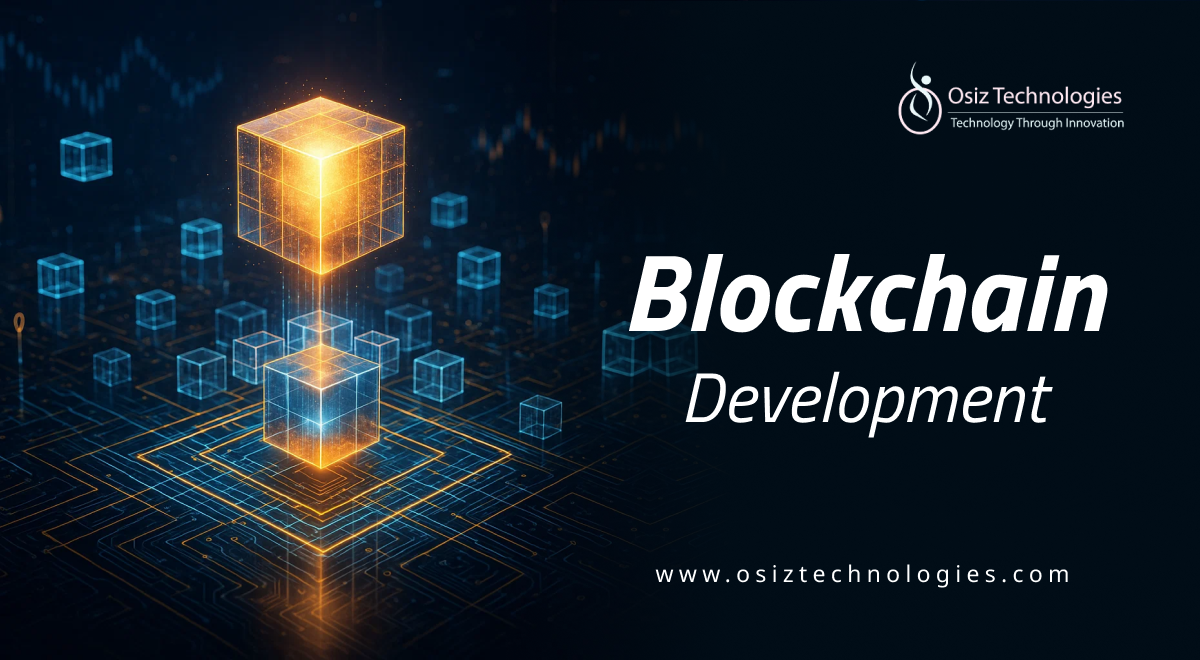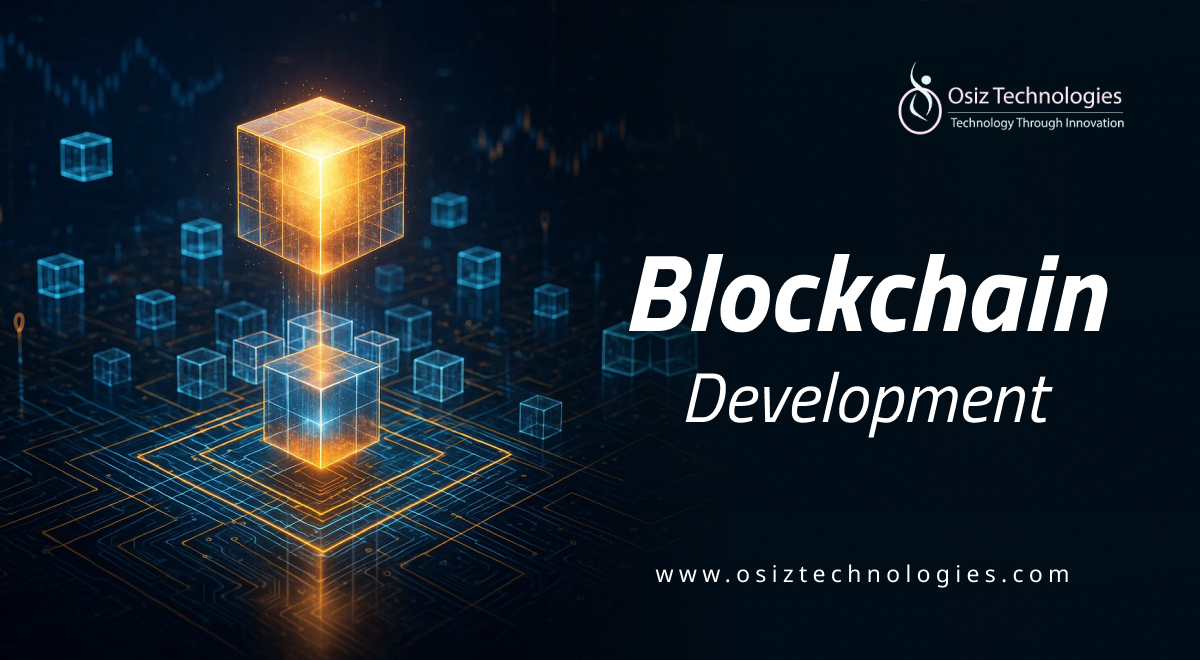Blockchain technology has emerged as a revolutionary force in the digital landscape, promising enhanced security, transparency, and efficiency in various applications. At its core, blockchain is a decentralized ledger that records transactions across multiple computers, ensuring that the data remains immutable and secure. This article will explore the intricacies of blockchain technology, its components, and its real-world applications.
Understanding Blockchain: A Definition
At its simplest, blockchain is a shared, immutable digital ledger that allows for the recording of transactions and tracking of assets within a business network. Each transaction is grouped into a “block” of data, which is then cryptographically linked to previous blocks. This structure creates a chain of blocks, hence the term “blockchain.” The immutability of the blockchain means that once a block is added, it cannot be altered without changing all subsequent blocks, ensuring the integrity of the data.
The Structure of a Block
Each block in a blockchain consists of three main components:
Data: This includes the details of the transaction, such as the sender, receiver, and amount transferred.
Hash: A unique identifier generated by a cryptographic hash function, which ensures the integrity of the block.
Previous Hash: This links the current block to the previous block, forming a chain.
This structure not only secures the data but also facilitates the verification of transactions through consensus mechanisms.
Consensus Mechanisms in Blockchain
Consensus mechanisms are protocols that allow all nodes in the network to agree on the validity of transactions. The two most common types are:
Proof of Work (PoW)
PoW requires participants (miners) to solve complex mathematical problems to validate transactions. This process consumes significant computational power and energy, making it secure but less efficient.
Proof of Stake (PoS)
In PoS, validators are chosen based on the number of coins they hold and are willing to “stake” as collateral. This method is more energy-efficient and allows for faster transaction processing.
Blockchain Security
Security is one of the primary advantages of blockchain technology. By utilizing cryptographic hash functions, each block is securely linked to its predecessor, making it nearly impossible to alter any information without detection. Additionally, the decentralized nature of blockchain means that there is no single point of failure, further enhancing security.
Immutability and Transparency
The immutability of blockchain ensures that once a transaction is recorded, it cannot be changed or deleted. This characteristic is crucial for maintaining trust among participants. Furthermore, the transparency of the blockchain allows all users to view the entire transaction history, fostering accountability.
Blockchain Applications
Blockchain technology has a wide range of applications across various industries:
Financial Services: Blockchain is used for secure and efficient transactions, reducing the need for intermediaries.
Supply Chain Management: It enhances transparency and traceability in the supply chain, allowing stakeholders to track products from origin to destination.
Healthcare: Blockchain can securely store patient records, ensuring privacy and facilitating data sharing among healthcare providers.
Voting Systems: By using blockchain, voting can become more secure and transparent, reducing the risk of fraud.
Smart Contracts in Blockchain
Smart contracts are self-executing contracts with the terms of the agreement directly written into code. They automatically execute actions when predefined conditions are met, eliminating the need for intermediaries and reducing the risk of disputes.
Real-World Use Cases of Blockchain
Several organizations have successfully implemented blockchain technology:
IBM: Their blockchain solutions enhance supply chain transparency and efficiency.
Everledger: This company uses blockchain to track the provenance of diamonds, ensuring ethical sourcing.
De Beers: They employ blockchain to trace the journey of diamonds from mine to market, ensuring authenticity.
Challenges Facing Blockchain Technology
Despite its potential, blockchain technology faces several challenges:
Scalability: As more transactions are added, the network can become congested, leading to slower processing times.
Regulatory Issues: The lack of clear regulations can hinder the adoption of blockchain in certain industries.
Energy Consumption: Proof of Work mechanisms consume significant energy, raising environmental concerns.
The Future of Blockchain Technology
The future of blockchain technology looks promising, with ongoing developments aimed at addressing current challenges. Innovations such as sharding and layer-2 solutions are being explored to enhance scalability and efficiency. As more industries recognize the benefits of blockchain, its adoption is expected to grow, leading to new applications and use cases.
Conclusion
Blockchain technology is transforming the way businesses handle security, transparency, and data management. Its decentralized structure and strong cryptographic features make it a powerful solution for modern digital challenges. As adoption continues to rise, organizations must stay updated and leverage its full potential. If you’re planning to integrate blockchain into your business, partnering with a trusted Blockchain Development Company like Osiz Technologies ensures secure, scalable, and future-ready solutions. Connect with Osiz today to discover how blockchain can drive growth and innovation for your business.
Listen To The Article
Recent Blogs

Black Friday 30%
Offer










